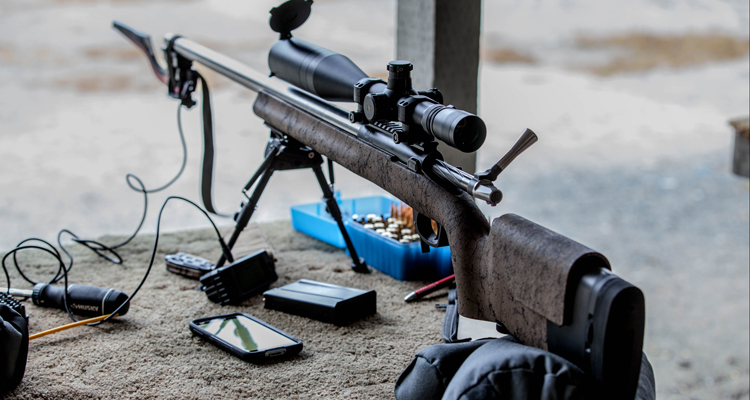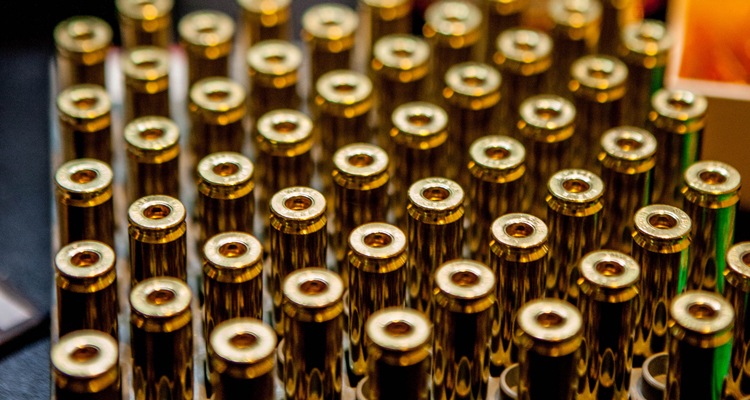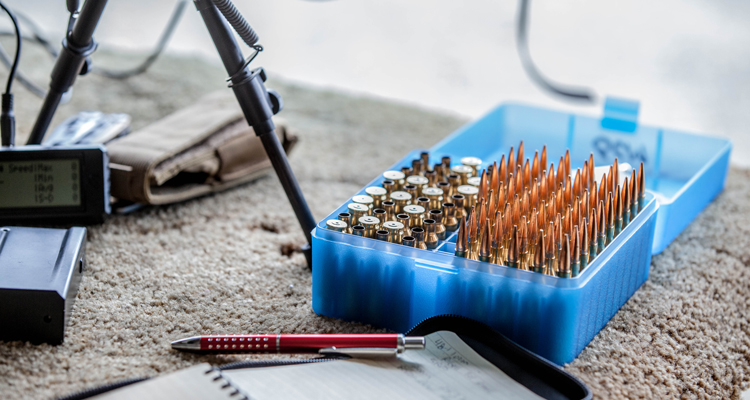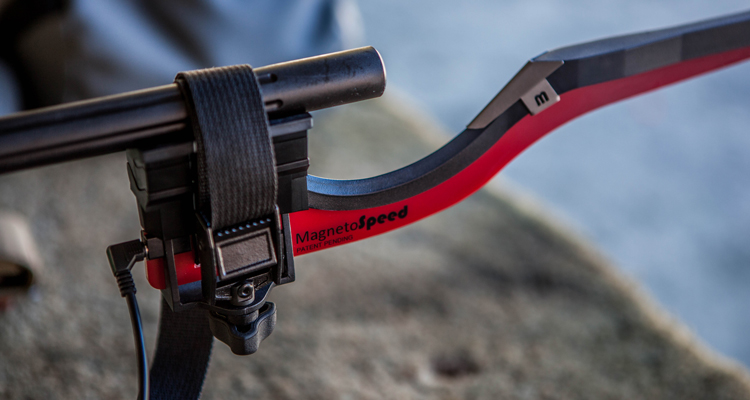
I got my start in the precision game fairly late compared to some of the people that I shoot with; the only thing that really means, though, is that I have a great network of people to lean on when it comes to precision reloading, despite having a steep learning curve to keep up with them. If needed, answers for tough questions are generally a phone call away. It’s these friends that I attribute my knowledge to, and they deserve the thanks for taking the time to help out a new shooter. Research is essential to reloading safely, so use all of the tools that you have at your disposal to make sure you are being safe, and always take your time. I recommend the book “The ABC’s of Reloading” as a good place to start if you have never reloaded before.
The steps I generally follow when I am precision reloading for practice or for competition are one and the same. They are also applicable to other disciplines of shooting - like Service Rifle. Someone smarter than me once said “Perfect practice makes perfect”; and it has resonated ever since I heard it. I firmly believe that you should be making your practice sessions as close to competition as possible, so that when you get to a match, you can let your subconscious take over. Having excellent reloads in practice only helps that, because you have spent all year practicing with the same ammunition you are shooting a match with; there should be no surprises when it comes to what your bullet does when it leaves your rifle. You will know where your hits will be on the target.
I am going to highlight some of the important steps in the load development process, from knowing how your rifle behaves, to getting accurate data from the tools you have at your disposal. So with that - let’s get going.
Throughout the entire precision reloading process, you want to make everything as consistent as possible to get the most accurate ammunition you can. Choosing quality brass like Lapua or Norma allows you to start off knowing that you are working with a quality product with more stringent tolerances and quality control. The same applies to bullet selection; by choosing quality bullets like Berger or Sierra, with proven records of performance, you can be confident that so long as you do your part, you will see positive results. Basing your bullet choice on Ballistic Coefficient (BC) gives you the ability to pick a projectile that will perform better than a similar weighted bullet, under the same conditions, with a lower BC. When selecting a projectile, be sure to choose one that works with your barrel twist rate. With modern advancements in bullet research and development, new methods of measuring BC have emerged, with the G7 Coefficient being more accurate, reliable and proven. Previously, the G1 Coefficient was measured over a range of velocities (for example, 1600fps to 3100fps) and used an older bullet design and bullet shape to model it after. Now, with the G7 Coefficient, the data is modelled after a more modern long range bullet design, which resembles more of the current bullet offerings and offers more consistent data across all velocities, instead of only a limited range of velocities.
Having the proper tools at your disposal to measure consistency from start to finish is key to getting a consistent round of ammunition with predictable results as it leaves your rifle. Brass prep is likely going to be the most time consuming out of all the steps in the precision reloading process. However, depending on your needs, you can keep your brass prep relatively simple, or you can go really in depth. Regardless of the methods you choose, choosing quality brass will reduce the need for time consuming steps like neck turning. This is a step that I do not do, but see many arguments for and against it. For the shooting that I am doing, I don’t see the need; if you are an F-Class shooter or a Benchrest shooter, then these small opportunities for additional accuracy may actually yield tangible results. Be aware though, this is generally a case of diminishing returns. A one or two percent gain in accuracy may not be worth the extra effort for aprecision rifle shooter competing in a PRS match where only hits on steel are counted and you are not shooting for small groups.

Before loading a single round, you need to find where the selected bullet sits when it touches the lands of the rifling in your barrel. Using a bullet comparator, you can accurately gauge where the rifling starts, in relation to the ogive of the selected bullet, thus giving youan idea of Cartridge Base to Ogive (CBTO) of the round as measured to the ogive. This allows you to make changes to the seating depth, effectively tuning the load to get the most accuracy out of your rifle.
This is different than Cartridge Overall Length (COAL), a SAAMI specification for maximum pressures based on powder charges and overall recommended length of the bullet which governs the safety standards for bullet manufacturers. It is important to note that factory rifles have varying tolerances in chambers, to allow for a number of different ammunition types to be safely used in the rifle. Finding what works best in a custom rifle is the same process as in a factory rifle, and you tune your loads and seating depths the same way.

If we determine where the ogive engages the lands, and we repeat this process for all bullets in the string, then we can produce a more consistent round. Once you set up your seating die and load a round, you can measure the finished bullet, measuring the CBTO to make sure it is uniform with every round in the batch being loaded.
Consistency is key to a good hand load, especially one that is going to take you out to 800 metres or more. Shooting a match, or even just practicing, you want to have a consistent round so that you can eliminate the ammo from the equation as a problem and get to a point where your practice is not impacted by that variable. Controlling everything you are able to eliminates guessing. This starts at the reloading bench.
When going through the load development process, try to be as methodical as possible and only make single changes at a time when working up loads, so that when it comes to troubleshooting a problem, you are not wondering if it was seating depth, or a different primer you used that caused that group to open up, or caused the wild change in velocity across the string. Knowing your data means documenting your data. Document everything. CBTO, powder charge, brass lots, powder lots, primers, how many times the brass has been fired, etc.


For more in-depth analysis and reading on precision reloading, I recommend checking out the following books: Handloading for Competition Making the Target Bigger by Glen D. Zediker and Accuracy and Precision for Long Range Shooting by Bryan Litz.